Immunology/Inflammation
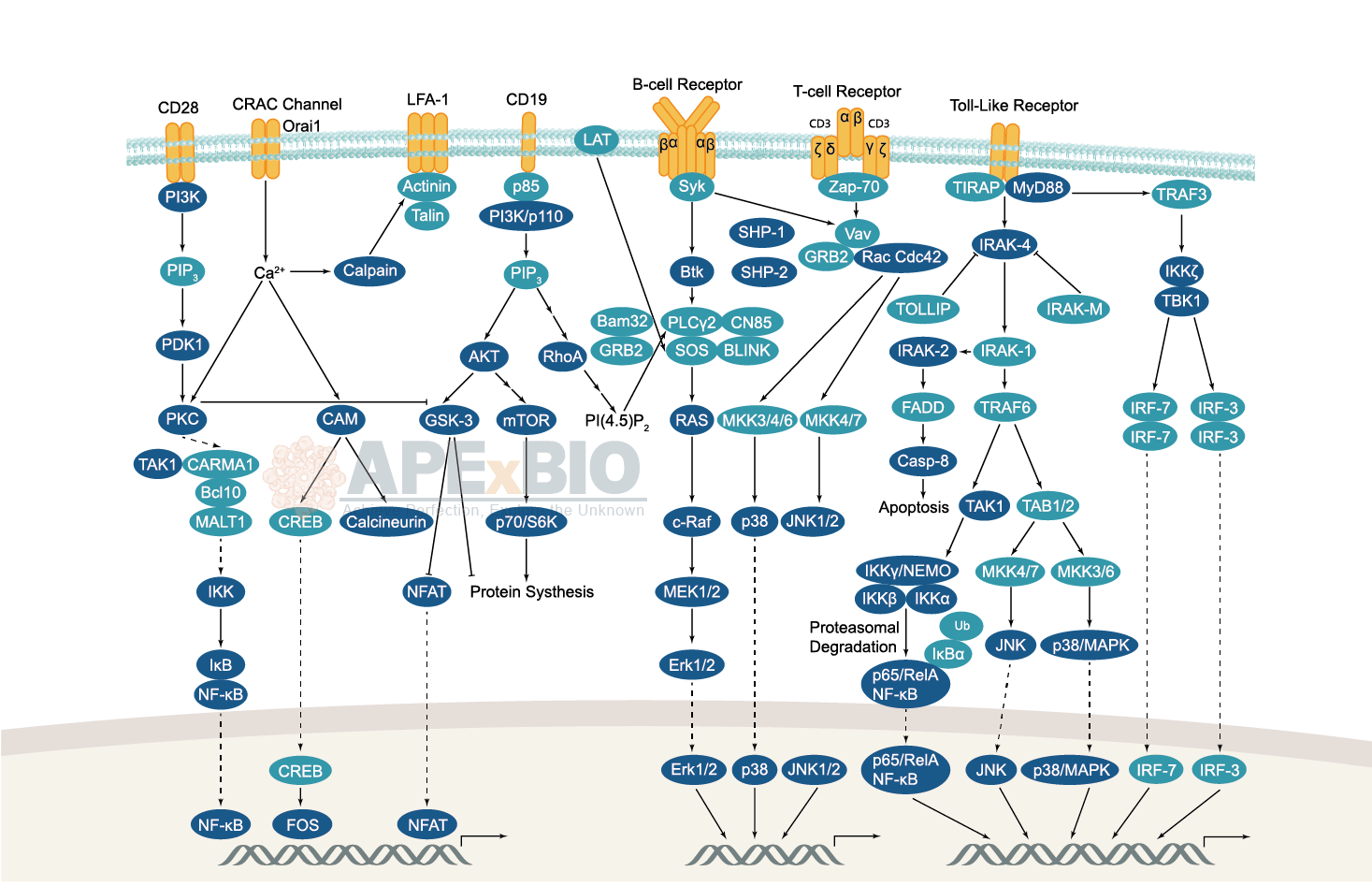
The adaptive immune system consists of B and T lymphocytes which mediate humoral immunity (e.g. antibody response) and cell-mediated immunity, respectively. B cell receptor and T cell receptor signaling is responsible for activation of Src family tyrosine kinases, such as Blk, Fyn, and Lyn in B cells and Fyn and Lck in T cells, resulting phosphorylation of the receptor-associated ITAM motifs. Phosphorylated ITAMs serve as the docking sites for Syk family tyrosine kinases, e.g. Syk in B cells and Zap-70 in T cells. Activated Syk kinases then propagate the signals via phosphorylation of downstream proteins. Furthermore, lymphocyte receptor signaling facilitates B and T cell development, differentiation, proliferation and survival.
-
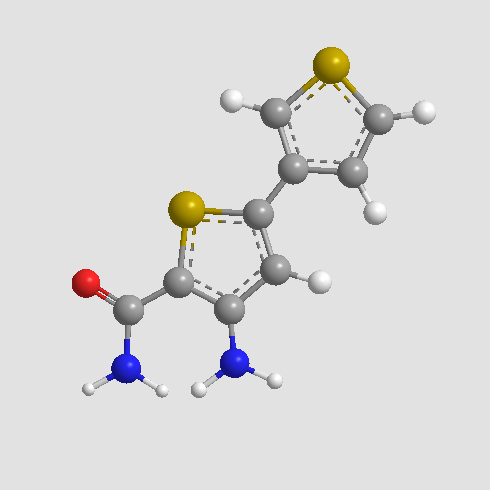 B1585 SC-514Summary: ATP-competitive IKK-2 inhibitor, orally active
B1585 SC-514Summary: ATP-competitive IKK-2 inhibitor, orally active -
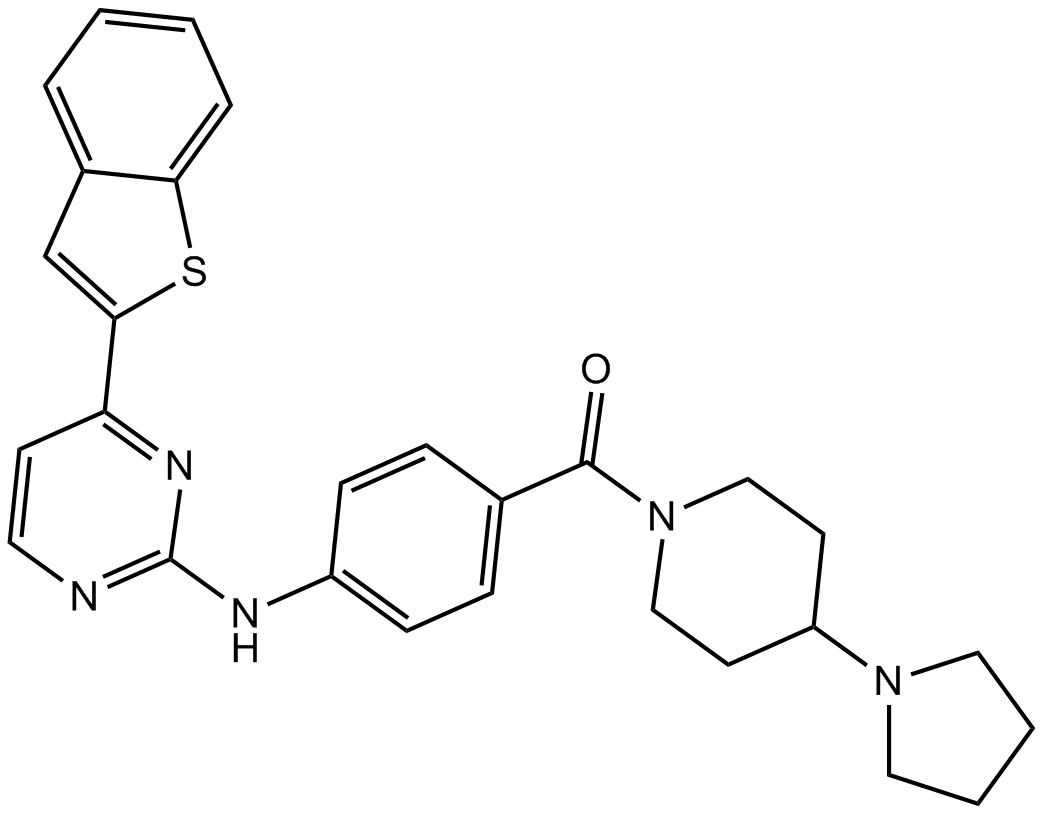 B1586 IKK-16 (IKK Inhibitor VII)1 CitationSummary: Selective IκB kinase inhibitor
B1586 IKK-16 (IKK Inhibitor VII)1 CitationSummary: Selective IκB kinase inhibitor -
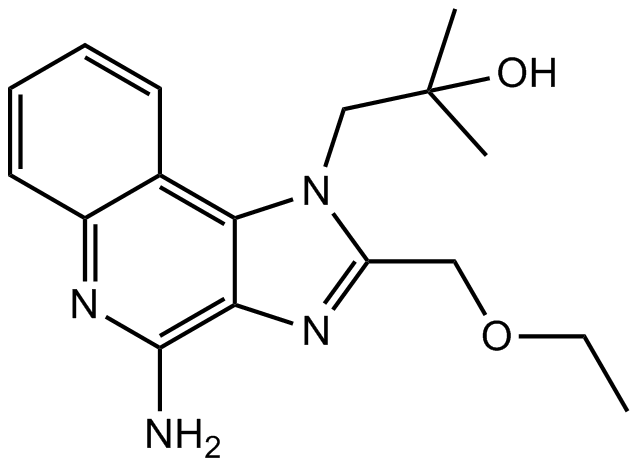 B1054 Resiquimod (R-848)2 CitationTarget: Toll-like receptors (TLRs)Summary: Immune response modifier
B1054 Resiquimod (R-848)2 CitationTarget: Toll-like receptors (TLRs)Summary: Immune response modifier -
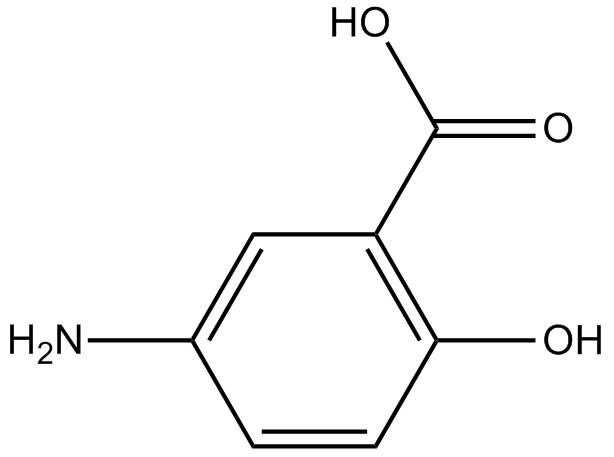 B1969 MesalamineSummary: IKK inhibitor
B1969 MesalamineSummary: IKK inhibitor -
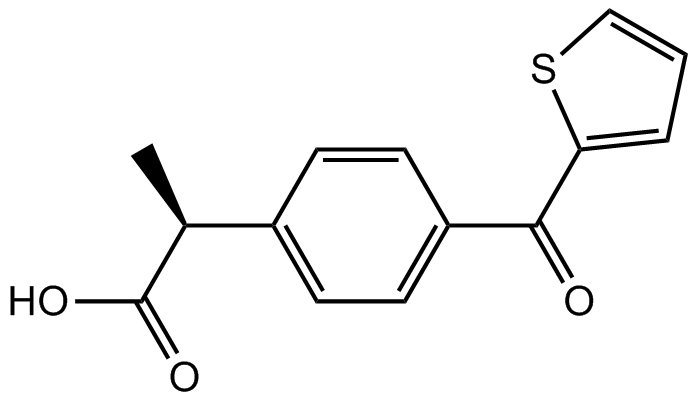 B2133 SuprofenTarget: COXSummary: dual COX-1/COX-2 inhibitor
B2133 SuprofenTarget: COXSummary: dual COX-1/COX-2 inhibitor -
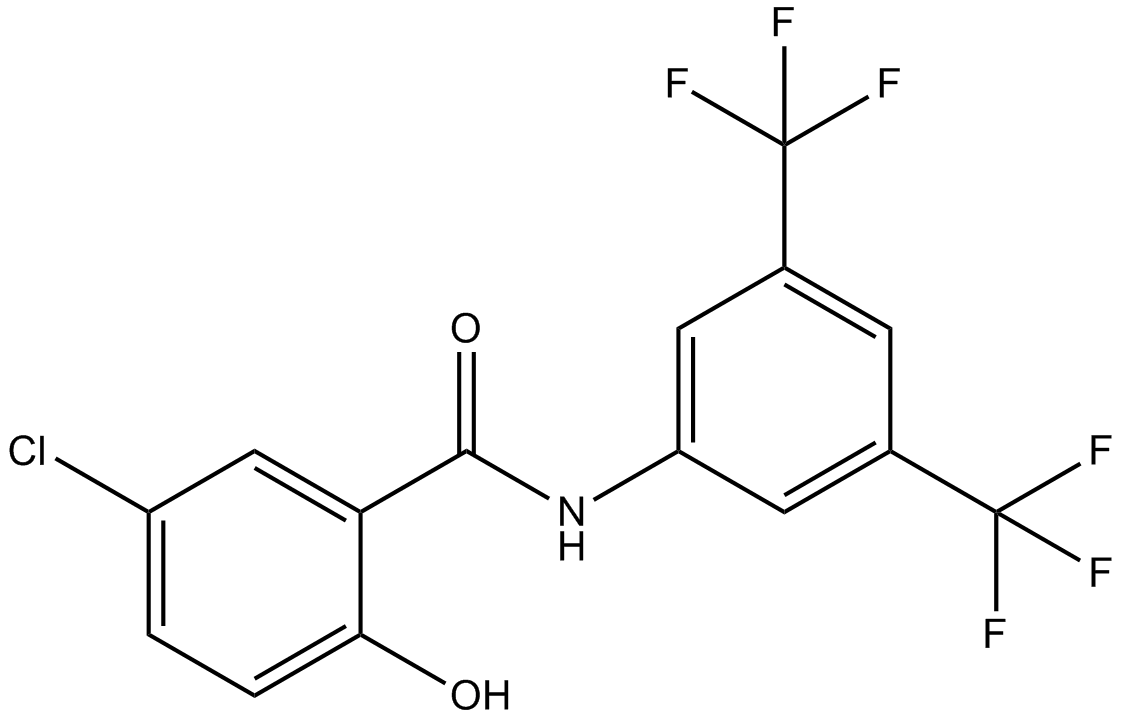 B1587 IMD 03541 CitationSummary: IKKβ inhibitor
B1587 IMD 03541 CitationSummary: IKKβ inhibitor -
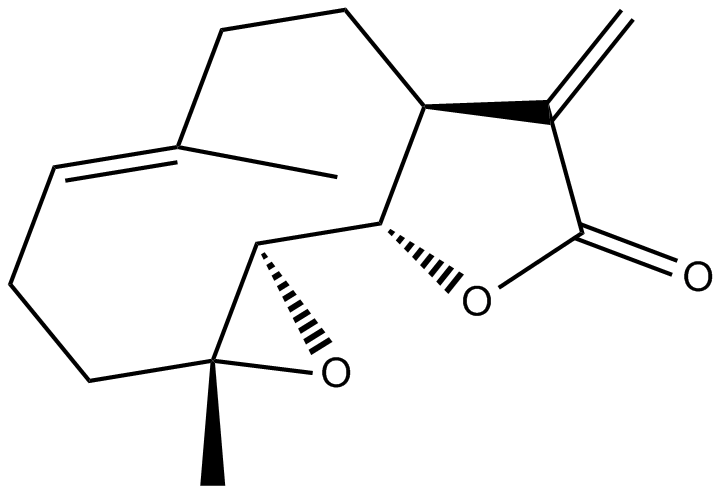 N1315 ParthenolideTarget: Histone Deacetylases (HDACs)|MDM2|DNA Methyltransferases|p53|5-HT
N1315 ParthenolideTarget: Histone Deacetylases (HDACs)|MDM2|DNA Methyltransferases|p53|5-HT -
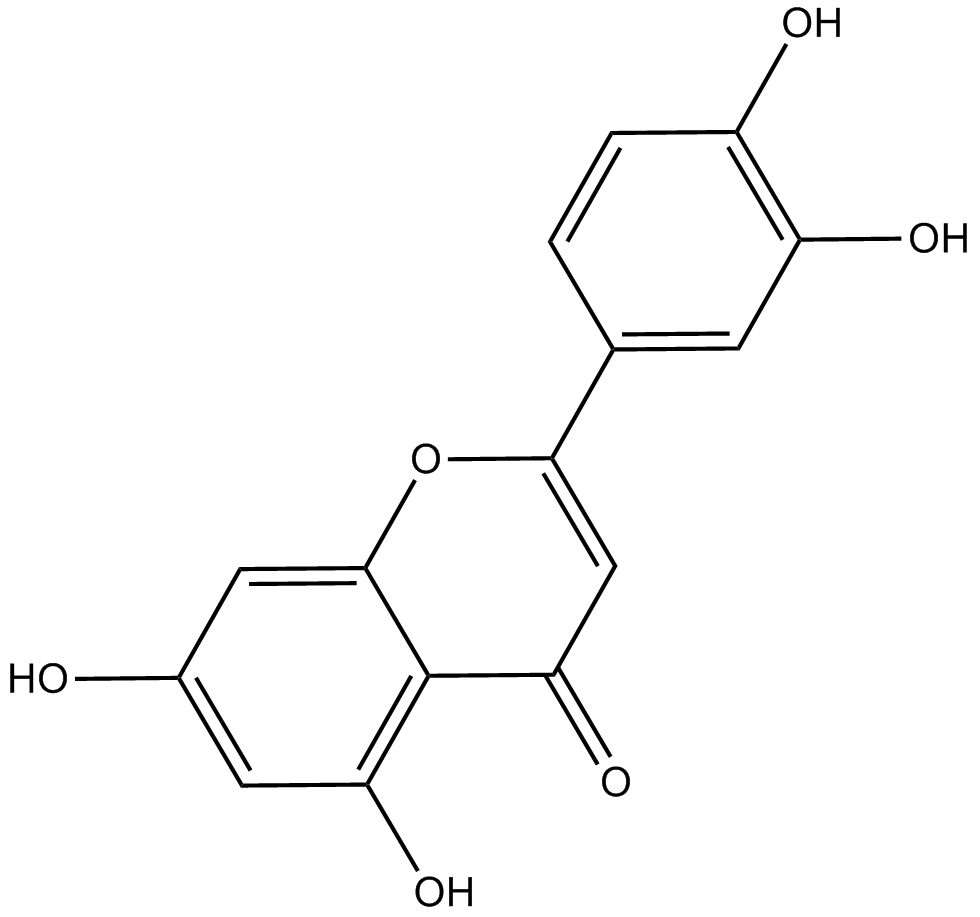 N1831 LuteolinTarget: AP-1|MMP|15-lipoxygenasesSummary: Antioxidant and free radical scavenger
N1831 LuteolinTarget: AP-1|MMP|15-lipoxygenasesSummary: Antioxidant and free radical scavenger -
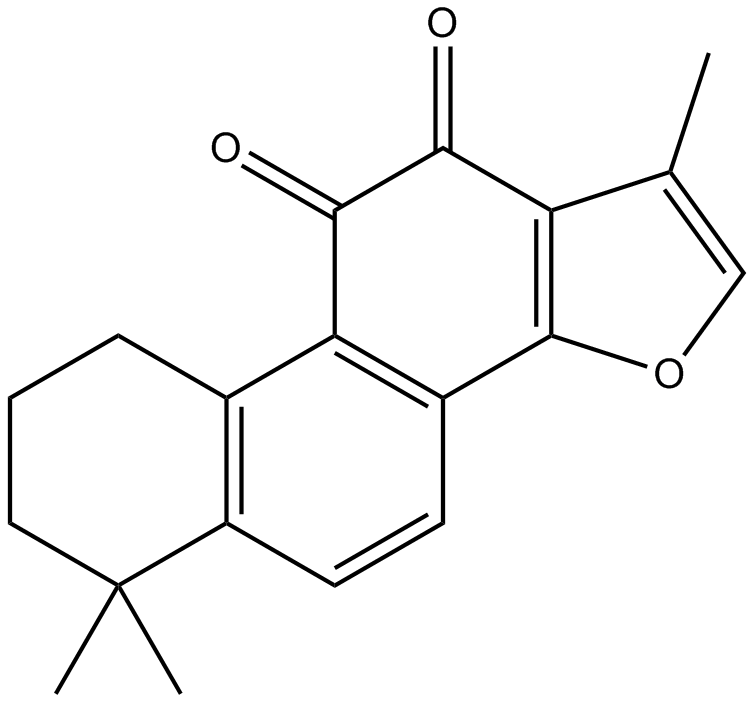 N1846 Tanshinone IIATarget: AP-1|MAGLSummary: Antioxidant and anti-inflammatory reagent
N1846 Tanshinone IIATarget: AP-1|MAGLSummary: Antioxidant and anti-inflammatory reagent -
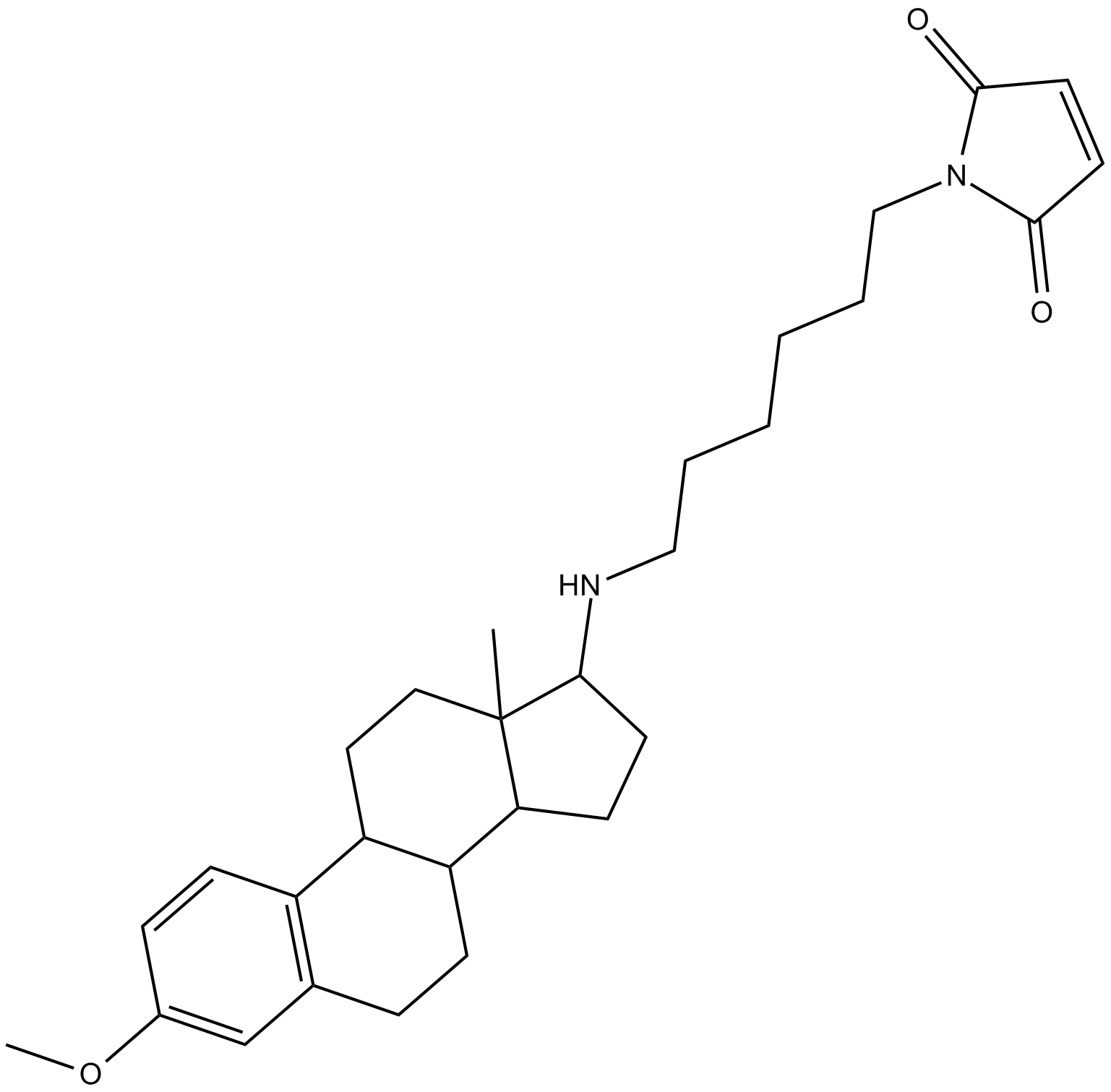 B3422 U-731221 CitationTarget: PC-PLCSummary: inhibitor of phospholipase C, phospholipase A2, and 5-LO (5-lipoxygenase)
B3422 U-731221 CitationTarget: PC-PLCSummary: inhibitor of phospholipase C, phospholipase A2, and 5-LO (5-lipoxygenase)

